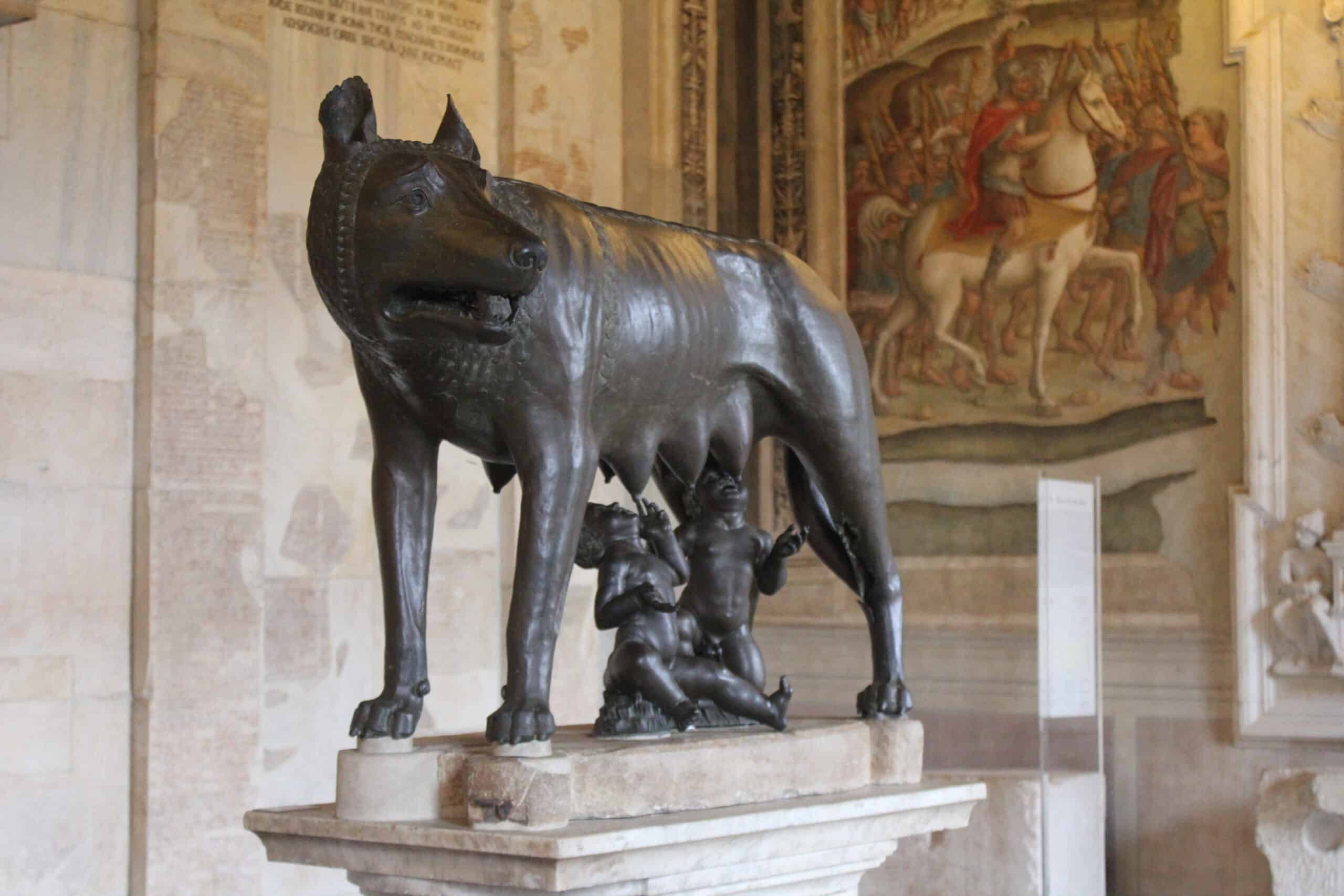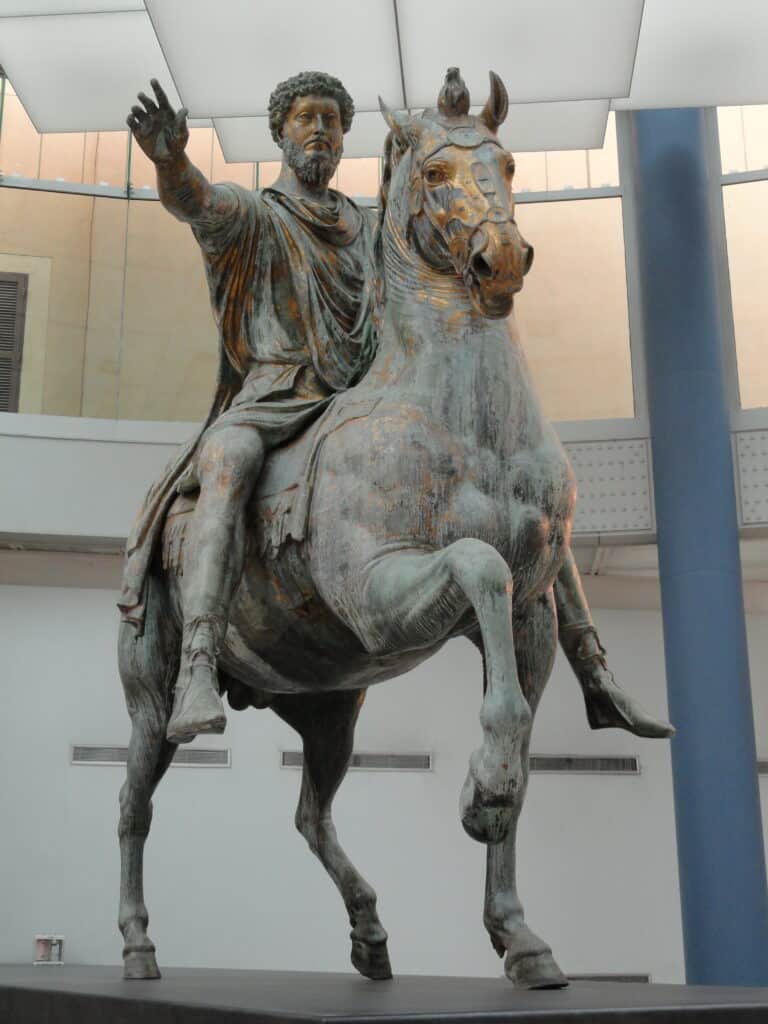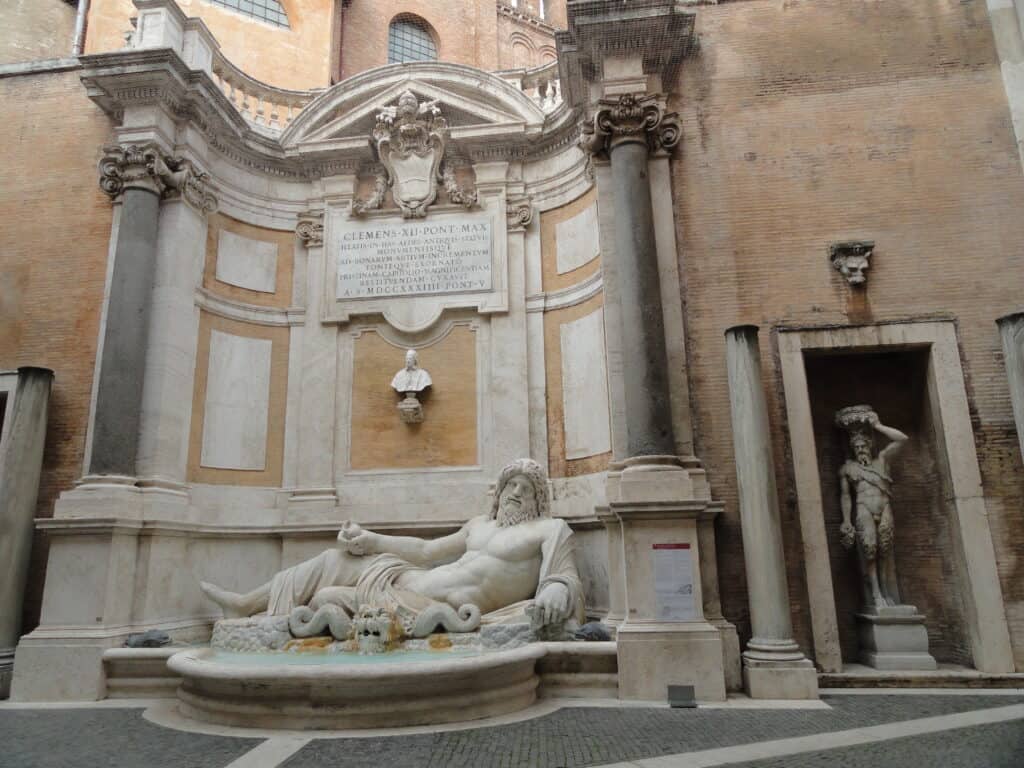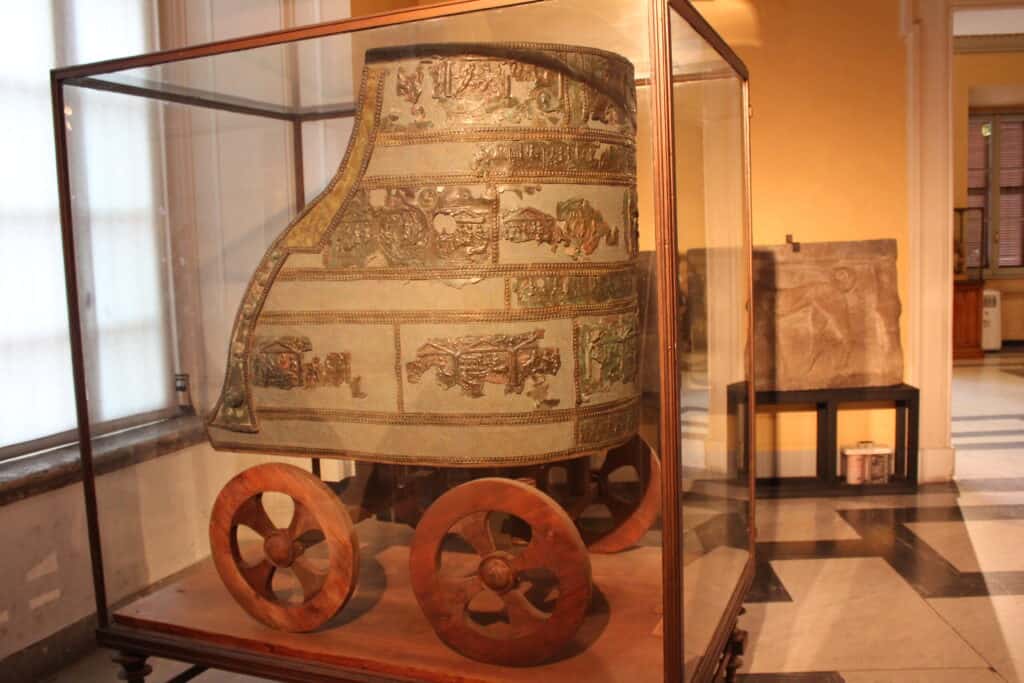
The Campidoglio is the lowest of the seven hills of Rome but also the most important because it was the center of the ancient city, always remaining the heart and seat of the city government.
The Piazza del Campidoglio, the heart of Rome and the seat of the city government, was designed by Michelangelo in 1536 and made it one of the most spectacular spaces in Rome. To the previous two buildings, the medieval Senatorial Palace (Palazzo Senatorio) and the 15th century Palace of Conservatori, the artist added another: the Palazzo Nuovo.
The square was completed in 1600 while the design of the pavement conceived by Michelangelo in 1567 was made even in 1940.
The birth of the Capitoline Museums dates back to 1471, when Pope Sixtus IV gave the Roman people a group of statues that formed the initial nucleus of the collection.
Collections were subsequently increased by the popes with works from the excavations of Rome, from the Vatican or purchased specifically for the museum.
The collections of the Capitoline Museums are exhibited in the two buildings, the Palazzo dei Conservatori and the Palazzo Nuovo, connected to each other by an underground gallery that houses the Lapidary Gallery and leads to the ancient Tabularium, whose monumental arches overlook the Roman Forum. In the Palazzo Nuovo are preserved ancient sculptures such as the busts of philosophers and Roman emperors, the statue of the dying Galata, the Capitoline Venus and the imposing statue of Marforio that dominates the courtyard. In the Palazzo dei Conservatori there are the Capitoline Wolf, the Spinario, the Capitoline Brutus. The large glass hall on the first floor of the building houses the bronze equestrian statue of Marcus Aurelius.
On the second floor there is the Capitoline Picture Gallery with works of great importance such as the paintings by Caravaggio (the Buona Ventura and the San Giovanni Battista) and the large canvas by Guercino (the burial of Santa Petronilla).
The Capitoline Museums are the oldest public museum in the world.







